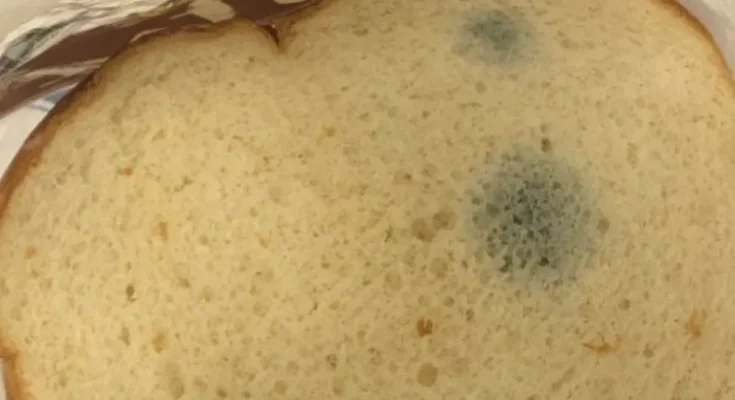Almost everyone has experienced it—you reach for a loaf of bread only to discover it’s not soft and fluffy anymore. Instead, it feels dry, hard, and far from appetizing. At that moment, you might wonder: Is this bread still safe to eat, or should I throw it away immediately?
The truth is, not all “old” bread is bad. In fact, knowing the difference between stale bread and moldy bread can help you reduce food waste, save money, and even discover some surprisingly delicious recipes.
What Happens When Bread Goes Stale?
Bread naturally becomes stale over time because of a process called retrogradation. This simply means the starch molecules in the bread lose moisture and re-crystallize, making the bread hard and dry.
While the texture changes, the bread itself is usually still safe to eat as long as there are no visible signs of mold. So, don’t be too quick to toss that baguette or sandwich loaf—stale bread still has value in the kitchen.
Safe Uses for Stale Bread
Instead of thinking of stale bread as ruined, consider it a culinary secret weapon. Its firm texture makes it perfect for recipes where fresh bread would be too soft. Here are some tried-and-true ideas:
1. Classic French Toast
Stale bread is actually the best bread for French toast because it soaks up the egg-and-milk mixture without falling apart.
Quick Recipe:
-
Whisk together eggs, milk, a little sugar, and cinnamon.
-
Dip slices of stale bread into the mixture, coating both sides.
-
Cook on a buttered skillet until golden brown.
-
Serve with syrup, fruit, or powdered sugar.
2. Homemade Croutons
Transform yesterday’s bread into a crunchy salad or soup topper.
Quick Recipe:
-
Cube stale bread into bite-sized pieces.
-
Toss with olive oil, garlic powder, and herbs.
-
Bake at 375°F (190°C) for 10–15 minutes until golden and crispy.
3. Comforting Bread Pudding
This dessert turns leftover bread into something warm and comforting.
Quick Recipe:
-
Cube stale bread and place it in a baking dish.
-
Pour a mixture of milk, eggs, sugar, vanilla, and cinnamon over the bread.
-
Bake until the custard sets.
-
Serve with caramel sauce or whipped cream.
4. Savory Stuffing
Perfect for holidays—or anytime you want a hearty side dish.
Quick Recipe:
-
Cube stale bread and let it dry completely.
-
Mix with sautéed onions, celery, herbs, and chicken broth.
-
Bake until golden brown and aromatic.
5. Homemade Breadcrumbs
Stale bread makes the best breadcrumbs, which you can use for coating meats, topping casseroles, or adding crunch to pasta dishes.
Quick Recipe:
-
Dry the bread completely in the oven.
-
Pulse in a food processor until fine.
-
Store in an airtight jar or freezer bag.
When Bread Should Be Thrown Away
While stale bread is safe and useful, moldy bread is a different story.
If you notice green, white, black, or fuzzy spots, the entire loaf must be discarded. Bread is porous, which means mold spores spread beneath the surface where you can’t see them. Eating moldy bread can expose you to mycotoxins, which may cause allergic reactions, food poisoning, or other health problems.
Rule of Thumb:
-
Stale = Safe (hard and dry, but no mold).
-
Moldy = Toss It Immediately.
Smart Storage Tips to Keep Bread Fresh Longer
Bread is best enjoyed fresh, but with proper storage, you can extend its life and reduce waste.
-
Room Temperature (short-term): Keep bread in a paper bag, bread box, or wrapped in a clean kitchen towel. This allows air circulation while preventing it from drying out too quickly.
-
Freezing (long-term): Slice the loaf, wrap it tightly in plastic wrap or foil, and store it in a freezer bag. Frozen bread can last for months and thaws quickly when needed.
-
Avoid Refrigeration: While it seems like a good idea, refrigeration actually speeds up the staling process, making bread dry out faster.




